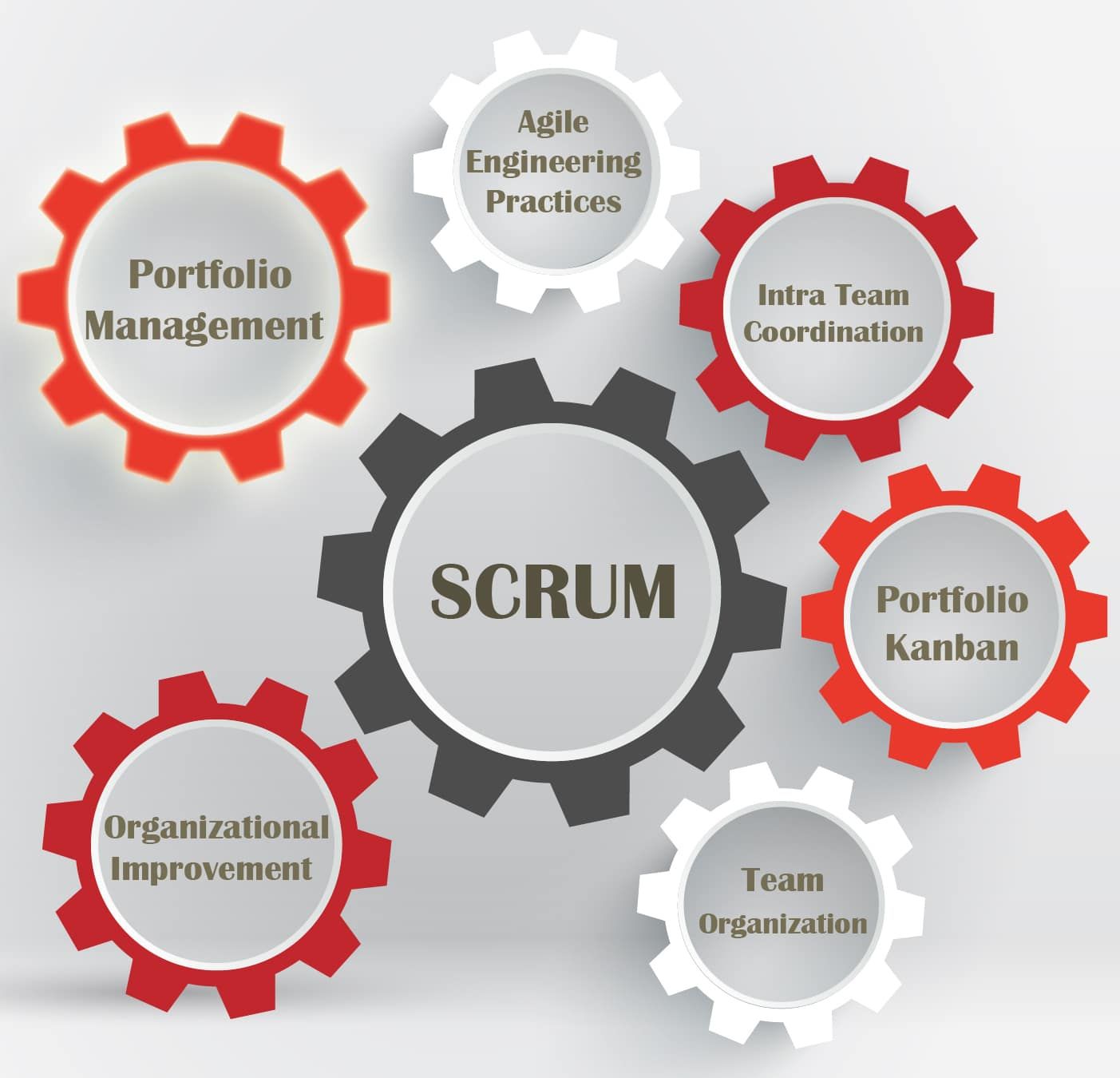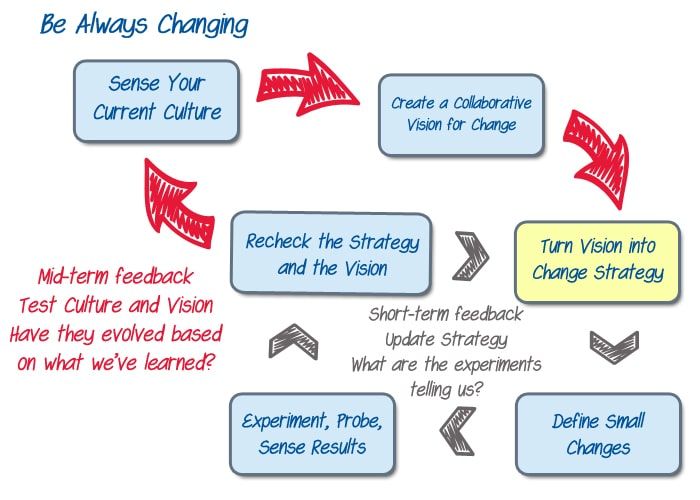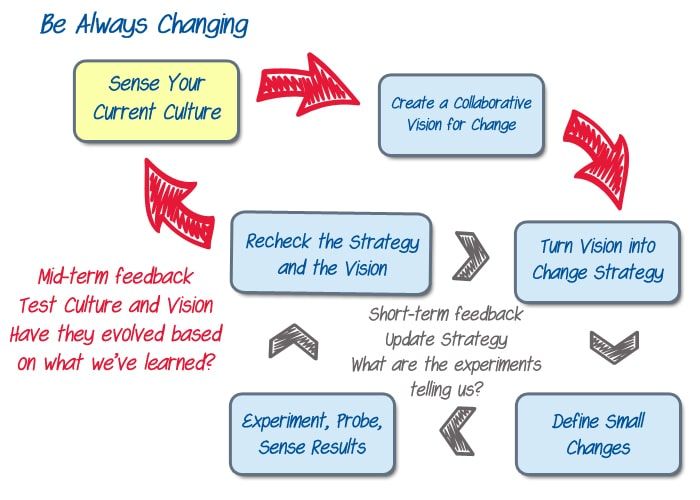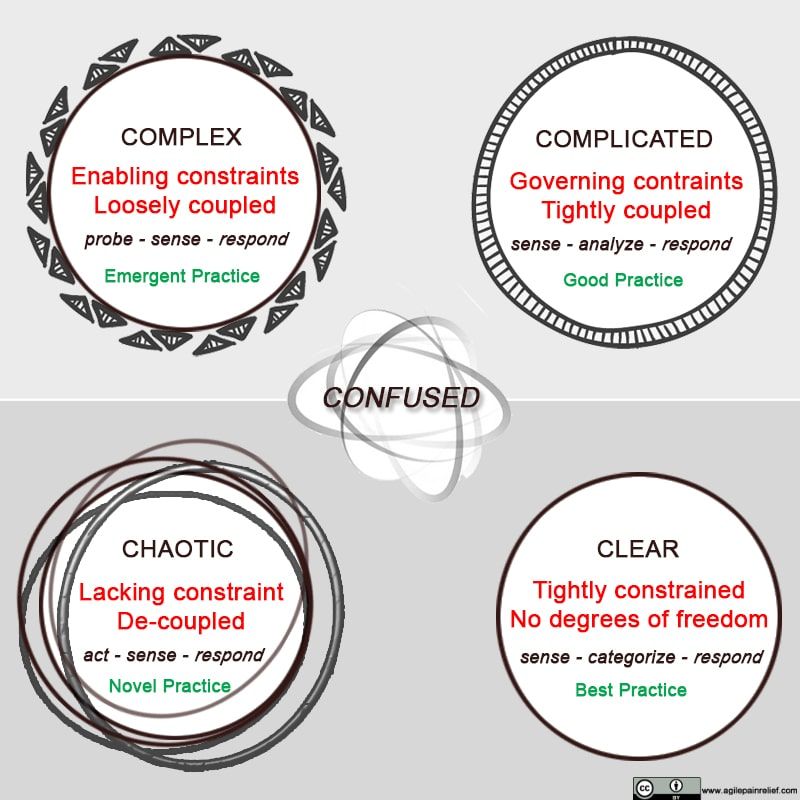
Portfolio Management with Upstream and Downstream Teams
In most organizations, work spends more time waiting to be worked on, than being worked on. To go faster? Look for the queues
Read full article
In most organizations, work spends more time waiting to be worked on, than being worked on. To go faster? Look for the queues
Read full article
Most work items spend more time waiting than actually being worked on
Read full article
Bring work to teams, not people to projects. Measure value, not busyness
Read full article
Models simplify reality, but can dangerously misrepresent what is really going
Read full article
Forcing change conflicts with the essential human need for autonomy
Read full article
We've had requests for a single page that lists all the ongoing [Beyond Scrum blog
Read full article
Seeing an organizational change map with seven to eight proposed major changes can feel
Read full article
Both Vision and Strategy should be created with input from the whole organization, not just leadership
Read full article
Define vision for change with a mix senior management, middle management, and doers
Read full article
If nothing changes, the control focus of the organization will destroy the Agile Improvement
Read full article
Grow a culture where frequent small changes are the norm as the pace of change increases
Read full article
Your organization has decided to become more “Agile.” Why? As we learned in a previous
Read full article
In 201x, the global financial markets collapsed. Reason: mortgages were given to people
Read full article
Companies are starting to fall into a trap, and it goes something like this, “Our
Read full article
An example of an Organizational Improvement Teams can using Scrum
Read full article
Using Scrum for Organizational Improvement, remember to include the people on the gorund
Read full article
prioritize value delivery over keeping workers constantly busy
Read full article
To be successful with Scrum in the long term you need more than the basic framework.
Read full articleExplore what Scrum is and how to make it work for you in our Scrum Certification training. Hands-on learning will guide you to improve teamwork, deliver quick feedback, and achieve better products and results.
Focuses on the role of the team and the ScrumMaster. Get the skills and practical experience necessary to improve teamwork, take the exam, and advance your career with a certification that is in high demand today. Often the best fit for anyone new to Scrum.
Learn on-the-job applications of key Scrum concepts, skills, principles, along with practical solutions that you can apply the next day for difficult, real-life situations.
Everything you need to earn your Scrum Alliance® ScrumMaster certification, including exam fee and membership, and so much more.
With focus on the challenges that real teams face, and tools to dig deeper. You don’t need more boring Scrum theory. You need something you can sink your teeth into to see immediate results.
This workshop is not just for software development or people with a computer science degree. We’ve helped many non-software teams with Scrum.
Use Scrum knowledge to standout at work, get paid more, and impress your customer, all without burning out.
Our active Scrum community forum is a safe place to ask questions. Long after you earn the Certified Scrum Master certification, you will have access to the forum, course materials, and additional valuable resources.